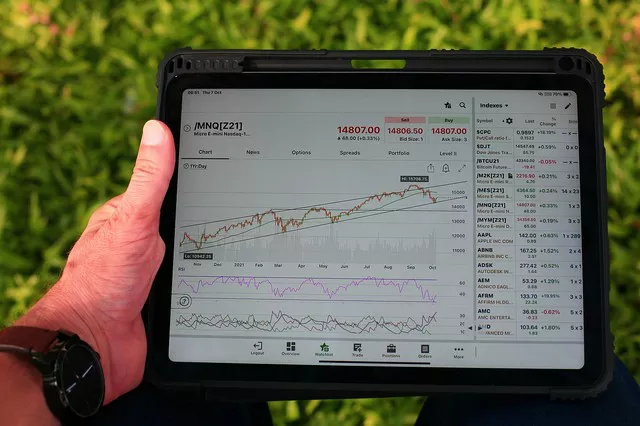Cocoa has become the focal point of stress for many major food manufacturers, with prices surging to new all-time highs. Despite their vast resources, multinational companies can no longer shield themselves from these price increases through futures contracts, which had previously offered some protection.
For instance, Mondelēz International recently projected a 10% reduction in its adjusted earnings per share (EPS) this year, largely due to the volatility and instability in the cocoa market.
Understanding the Inverted Futures Market
What Is a Futures Market?
The futures market allows businesses to buy and sell contracts that lock in a price for a commodity to be delivered at a future date. These contracts are used as a tool to hedge against price fluctuations, allowing companies to secure a commodity at a set price ahead of time.
In the cocoa industry, businesses would typically secure contracts to purchase cocoa at a fixed price before a rise in market prices, protecting themselves from higher costs. This strategy was commonly used by cocoa traders, grinders, and chocolate manufacturers to avoid the risks associated with price hikes.
Friedel Huetz-Adams, a senior researcher at Sueddwind Institute, explains, “Before the massive price increases started, cocoa traders and chocolate companies tried to avoid any risk concerning cocoa price fluctuations. Some large companies even had dedicated departments for speculating on the price of cocoa.”
What Is an Inverted Futures Market?
An inverted futures market occurs when the current spot price (the price for immediate delivery) is higher than the price for future delivery. This is a situation where the commodity is more expensive in the present than in the future.
For cocoa, this inversion means that contracts for delivery in March 2025 are more expensive ($10,000 per ton) than those for March 2026 ($8,000 per ton). This is because the market’s expectations for cocoa prices in the future are more optimistic than the current state of affairs.
Huetz-Adams notes, “If the futures price reflects the expectations correctly, the sector might be anticipating a better harvest next season. However, the industry knows that stocks are depleting, and despite ongoing price increases, demand has remained relatively stable with only minor decreases.”
What Does an Inverted Cocoa Futures Market Mean for Manufacturers?
The inversion of cocoa futures presents a challenging situation for manufacturers. If a better-than-expected harvest occurs in October 2025 or if demand decreases due to the ongoing price increases, the price could drop more significantly than anticipated, catching companies off guard.
For large companies, this uncertainty has replaced the traditional predictability they once enjoyed through hedging. Now, they face a tough decision: either hedge at the higher prices or take on the risk of further price fluctuations.
As Huetz-Adams explains, “Companies are now in the same position that farmers used to be in, who couldn’t hedge and never knew how the price would evolve next season. Companies knew their price for the next season when they hedged.”
This volatility also weakens the position of chocolate producers in negotiations with customers, such as supermarkets, who now have more bargaining power as the uncertainty surrounding cocoa prices continues.
The Future of Cocoa Prices
Will Prices Drop Anytime Soon?
The short answer: No one knows.
As long as production remains low, cocoa prices are expected to stay high. Antonie Fountain, managing director of the non-profit VoiceNetwork, suggests that while prices might eventually decrease, this won’t happen soon. “In the next year or two, the newly deforested areas aimed at benefiting from higher prices will come into production, and we may see prices drop. But not for at least a year or longer.”
However, Friedel Huetz-Adams remains skeptical that cocoa prices will return to 2023 levels any time soon, largely due to the impact of climate change on production. The erratic weather patterns have been a significant disruptor, and drastic improvements in production conditions are unlikely in the near future.
Both experts agree that a sharp decrease in cocoa prices would harm farmers, potentially perpetuating a system reliant on deforestation, exploitation, and child labor.
Huetz-Adams emphasizes, “We should see the current price level as an opportunity to adjust to a higher price level and not go back to prices that were made at the expense of farming families.”
Conclusion
The cocoa market has entered a period of instability that no longer provides multinationals with the same level of protection they once had through futures contracts. As prices continue to rise and uncertainties linger, manufacturers must navigate a volatile landscape. The challenge is not only in managing price risks but also in dealing with the broader implications of the cocoa industry’s future.
Related topics:


